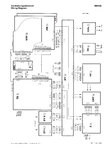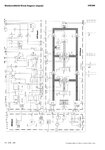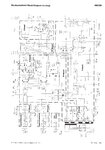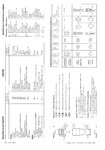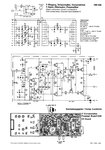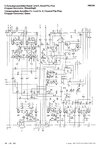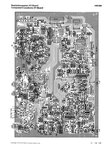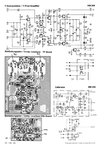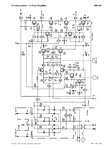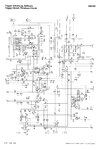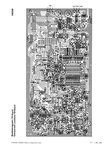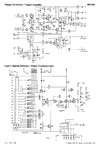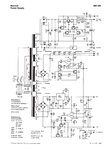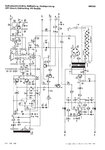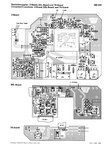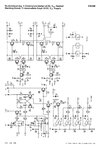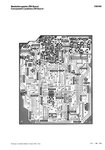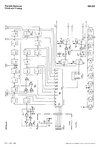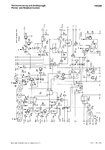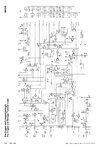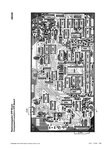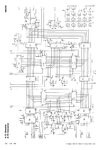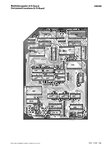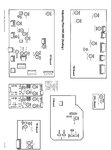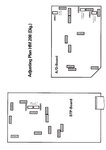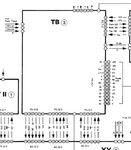newtonsrl
Junior Member level 3
Hi,
today my oscilloscope is dead. The problem started a few days ago, but giving some tap the houses continued to function until it stopped working. I disassembled everything, cleaned with compressed air and reassembled. But it does not work. If I try to connect the two power diodes D1103 and D1104 will burn. I replaced the original EM513 with 1n4007. I have disassembled again eveything, and on anothe board I found a BD237 burnt. May be this last was the real problem, but at the moment I cannot understand why my two diodes will burn when I give power supply. Someone could give me some guidance on how to try to solve the problem? I am very sad :-( because I was very attached to my oscilloscope and I would be very grateful if someone could help.
In attachment the schematics of the board.
Thanks.
today my oscilloscope is dead. The problem started a few days ago, but giving some tap the houses continued to function until it stopped working. I disassembled everything, cleaned with compressed air and reassembled. But it does not work. If I try to connect the two power diodes D1103 and D1104 will burn. I replaced the original EM513 with 1n4007. I have disassembled again eveything, and on anothe board I found a BD237 burnt. May be this last was the real problem, but at the moment I cannot understand why my two diodes will burn when I give power supply. Someone could give me some guidance on how to try to solve the problem? I am very sad :-( because I was very attached to my oscilloscope and I would be very grateful if someone could help.
In attachment the schematics of the board.
Thanks.

